I partnered with Vinita Israni to launch VILD Art Collaborative in 2012 to unite our artistic pursuits and share our vision with the community. We had our first show Submerged at the Matchbox Gallery at Rice University in March 2013. We then expanded the concept of Submerged from one column to six columns for Submerged: Origins of a Species at Fresh Arts Houston in Summer 2013.
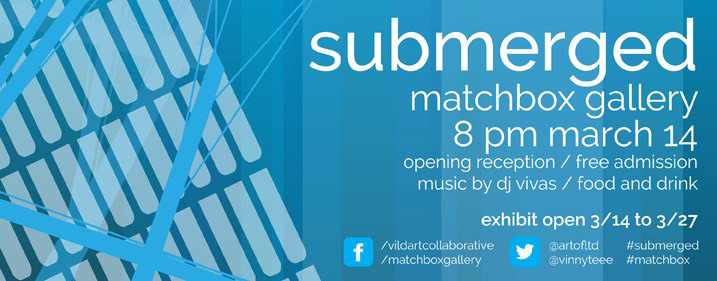
Social media graphic for Submerged
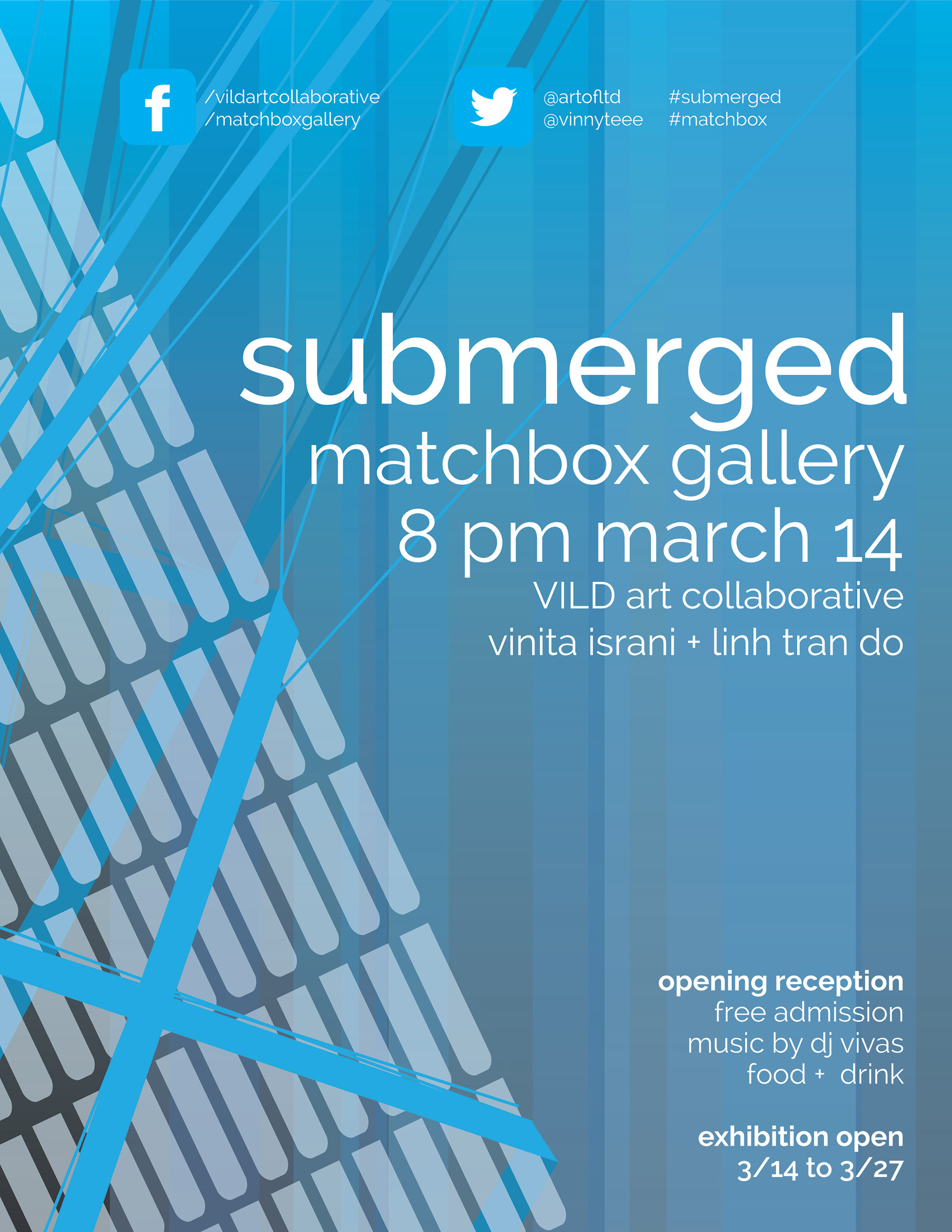
Flyer for Submerged
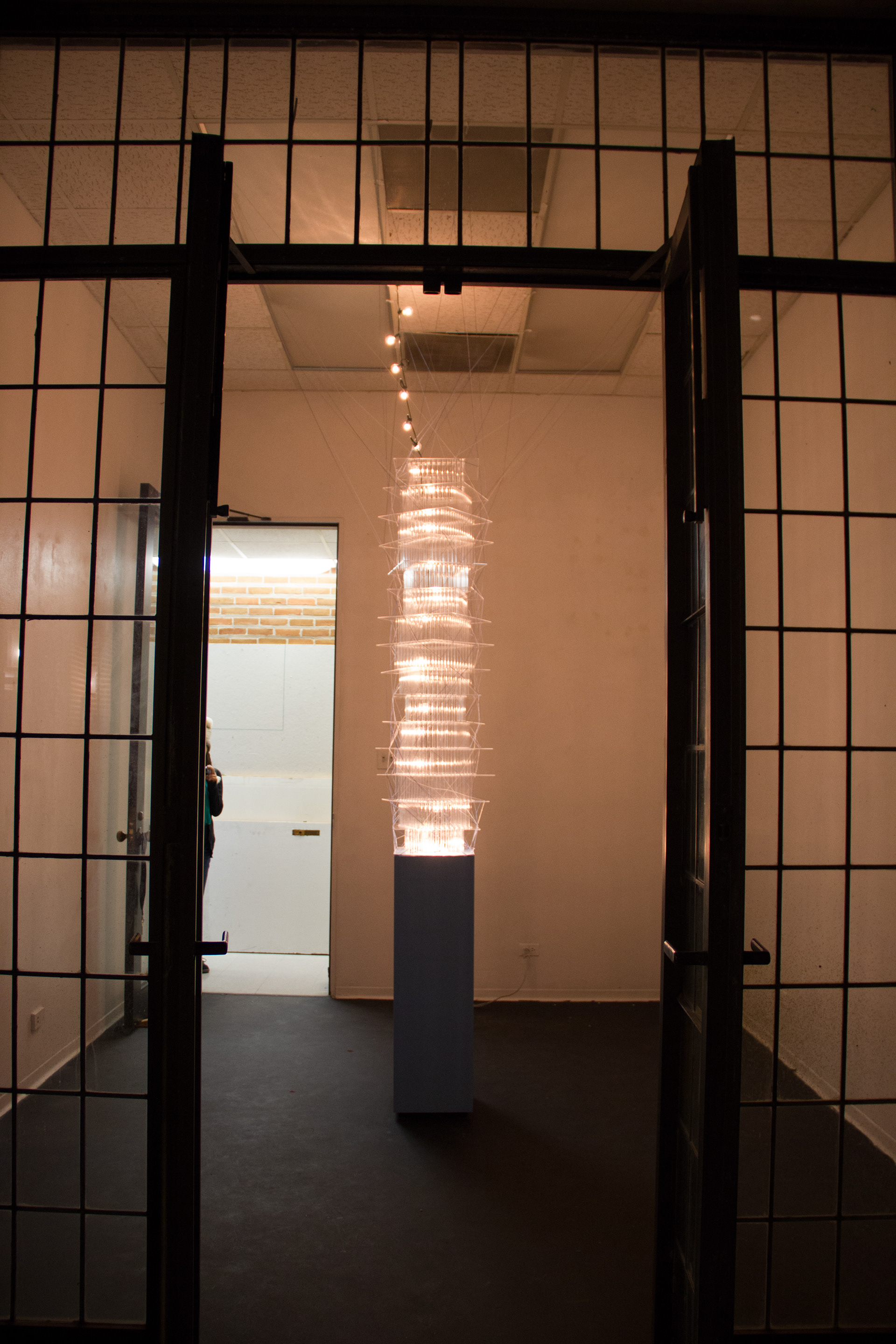
Submerged at Matchbox Gallery
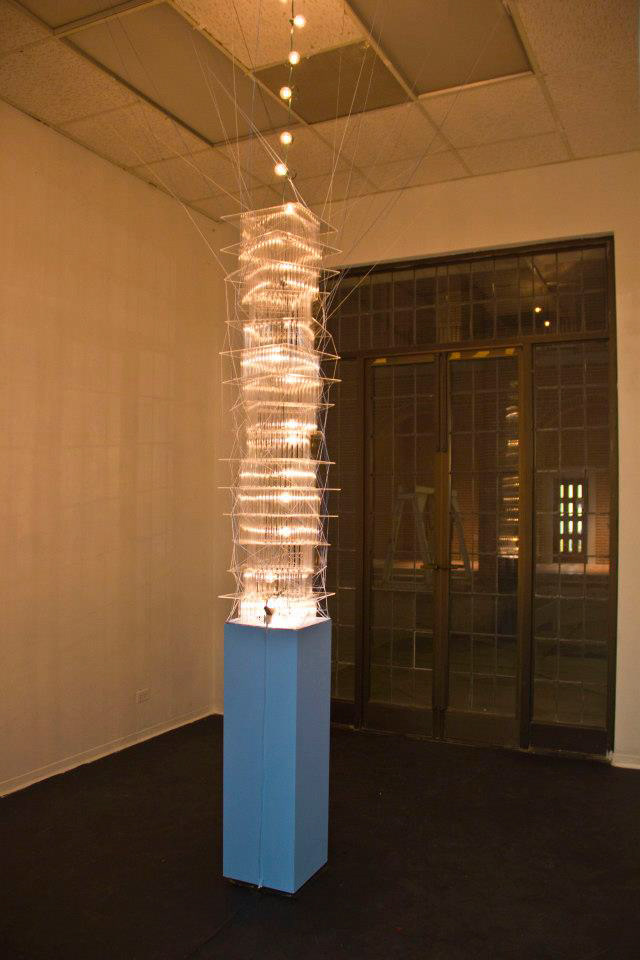
Submerged at Matchbox Gallery
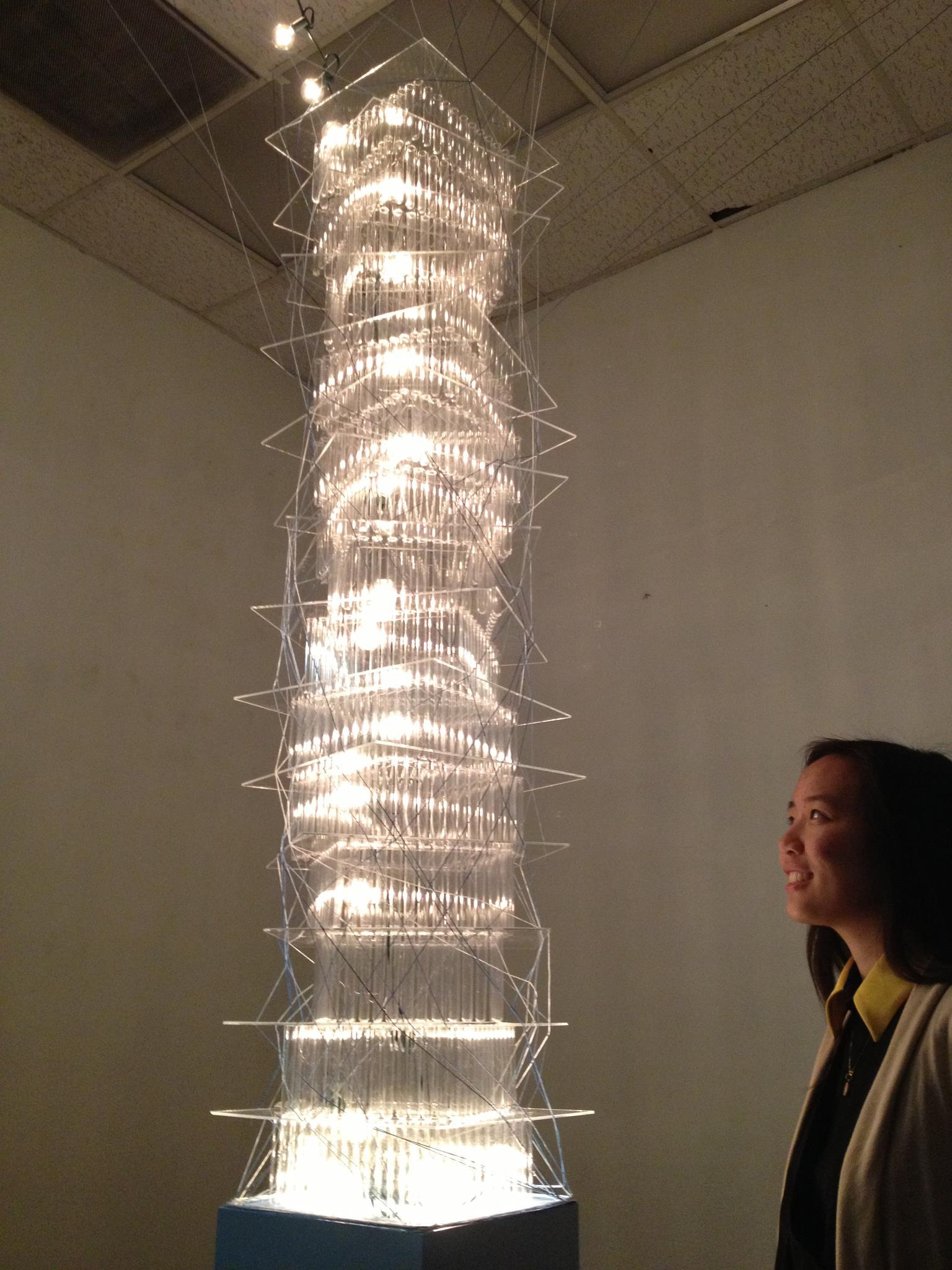
Submerged at Matchbox Gallery
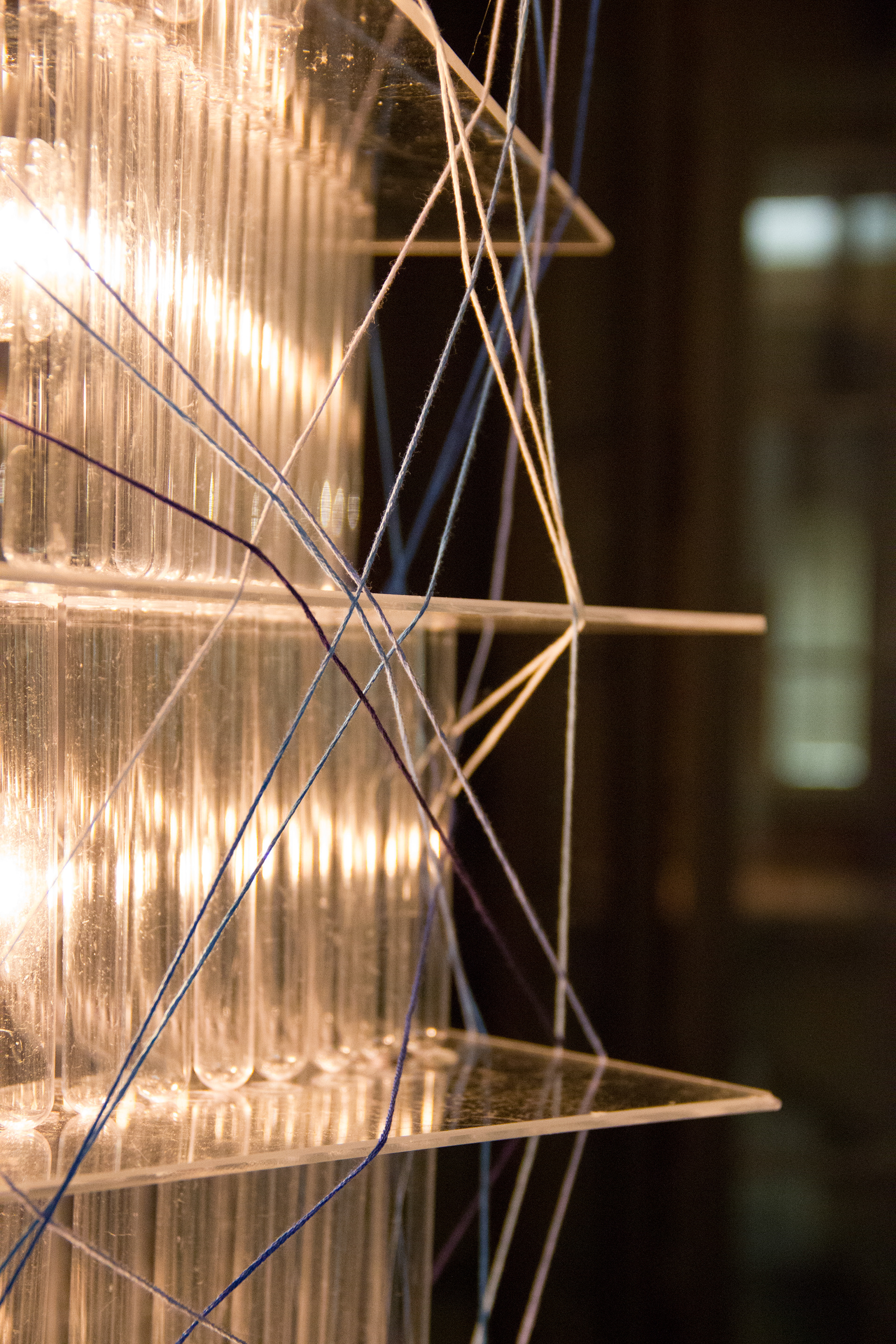
Submerged at Matchbox Gallery
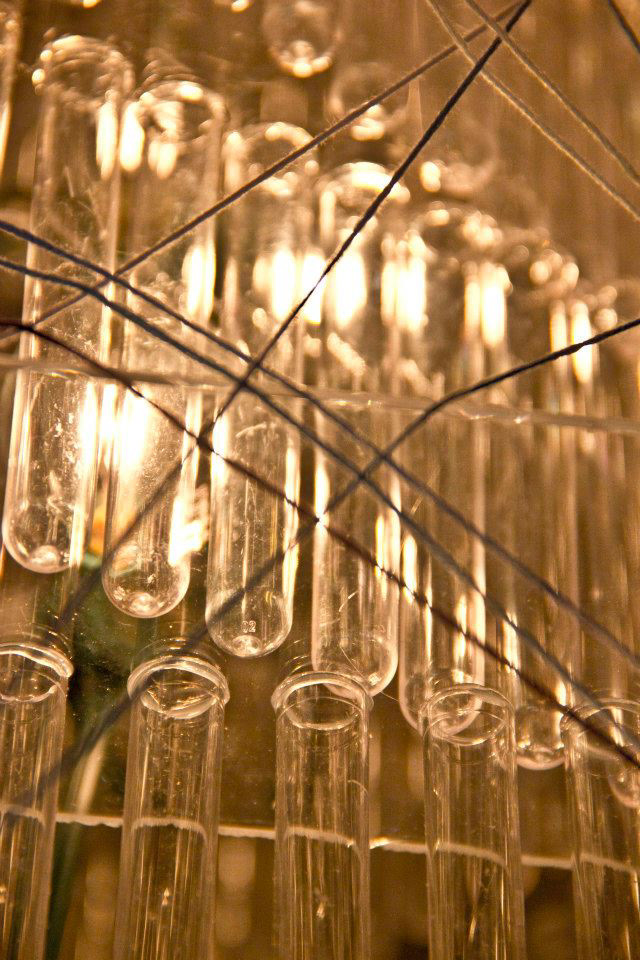
Submerged at Matchbox Gallery
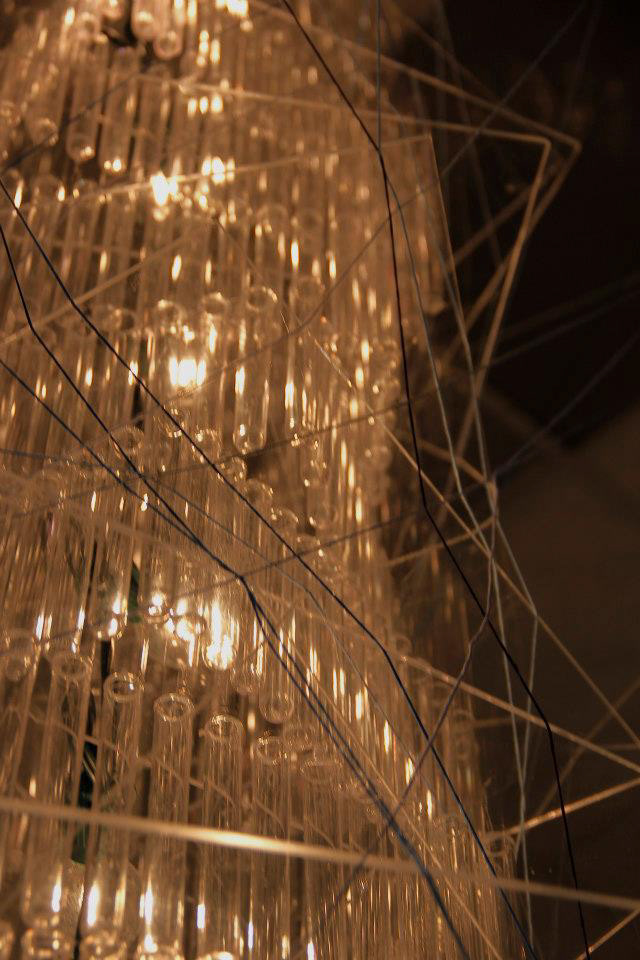
Submerged at Matchbox Gallery
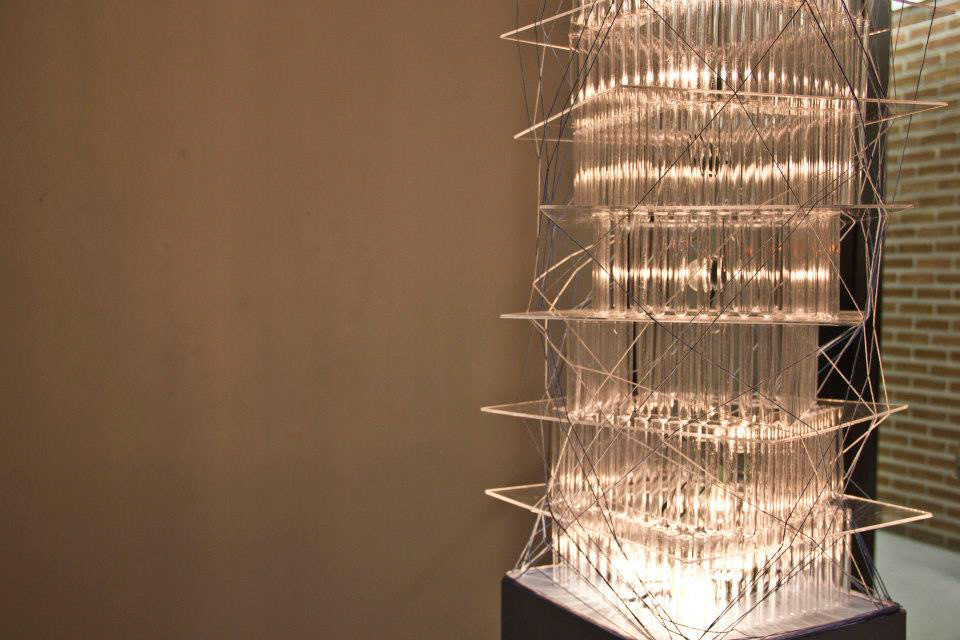
Submerged at Matchbox Gallery
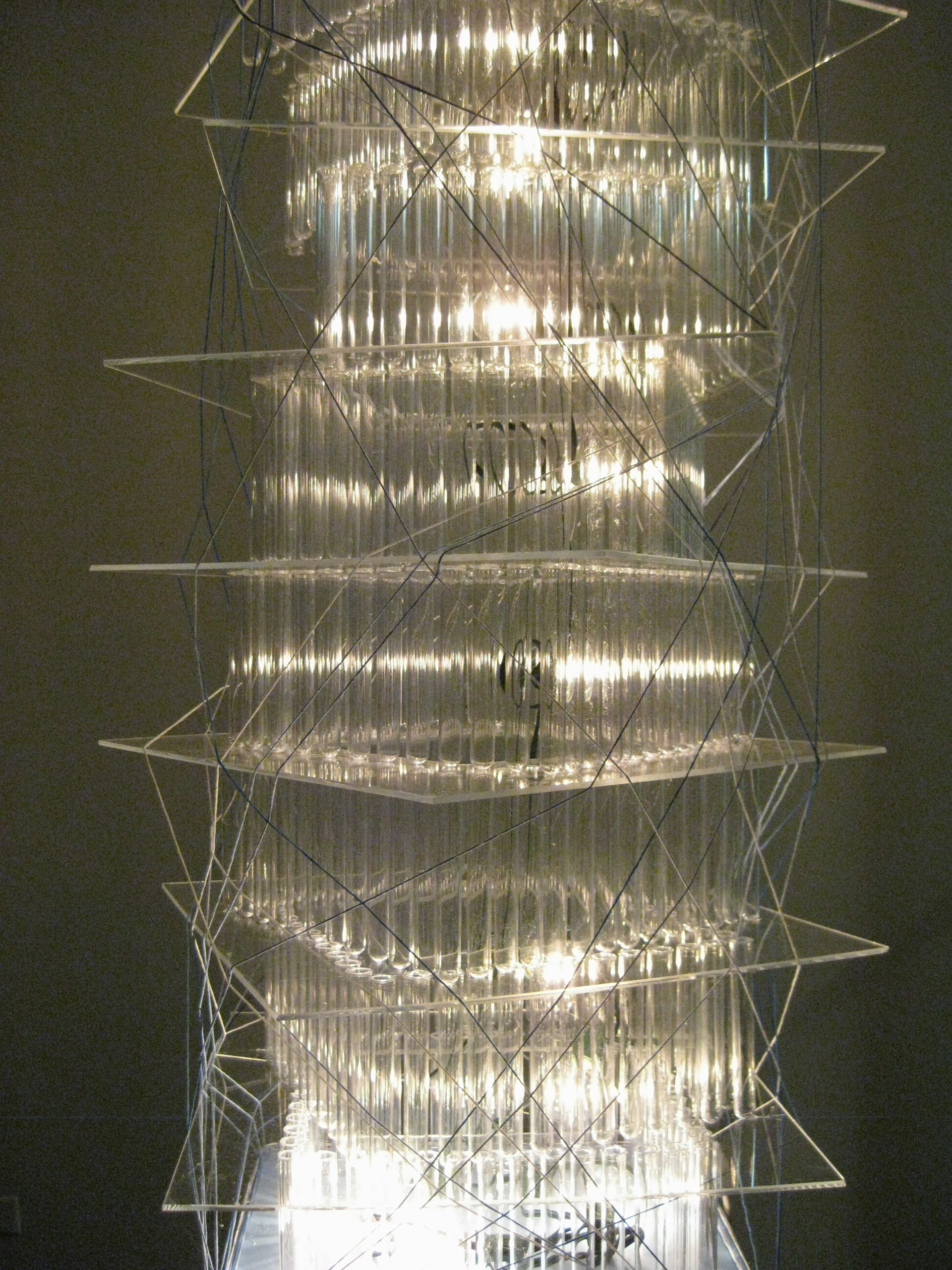
Submerged at Matchbox Gallery
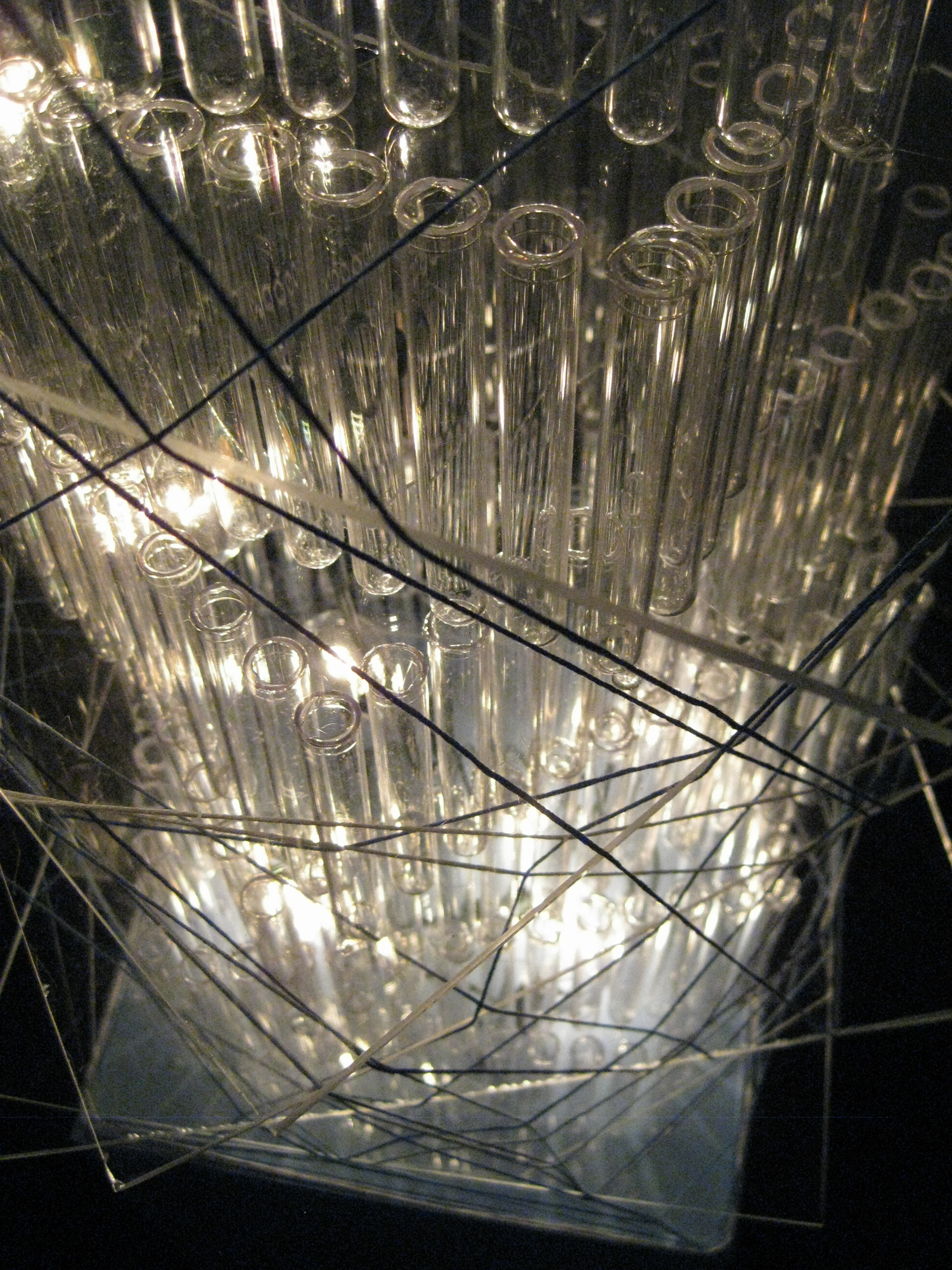
Submerged at Matchbox Gallery
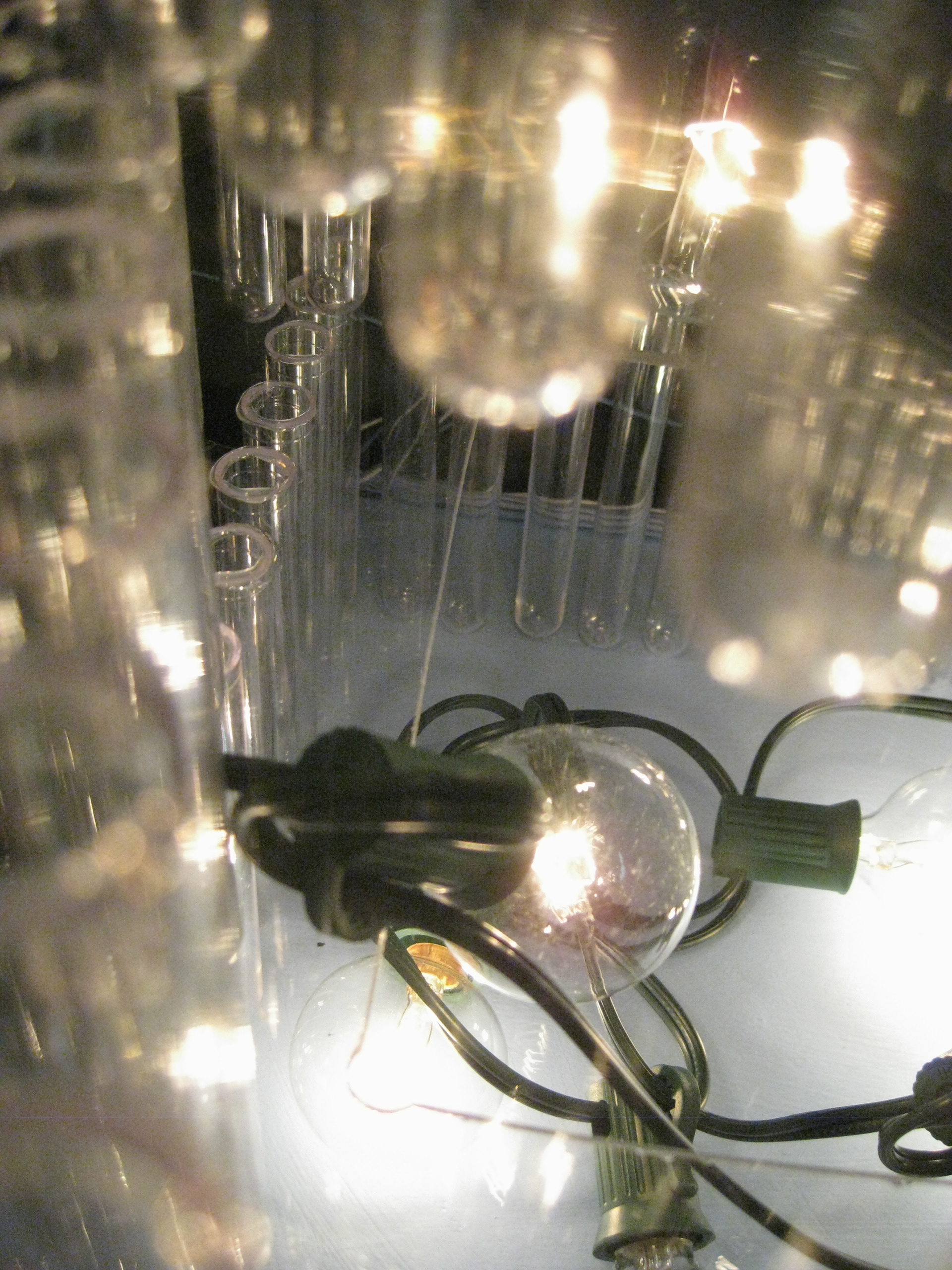
Submerged at Matchbox Gallery
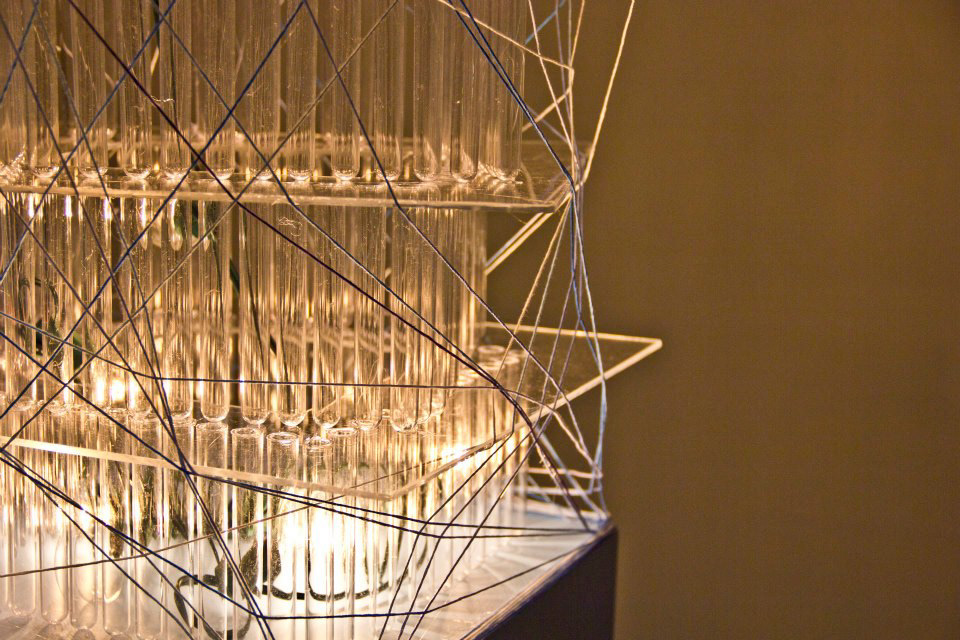
Submerged at Matchbox Gallery
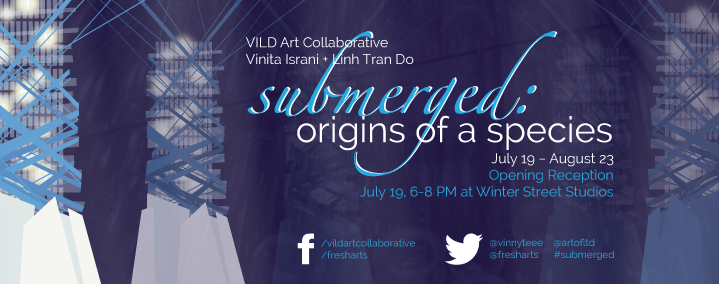
Social media graphic for Submerged: Origins of a Species
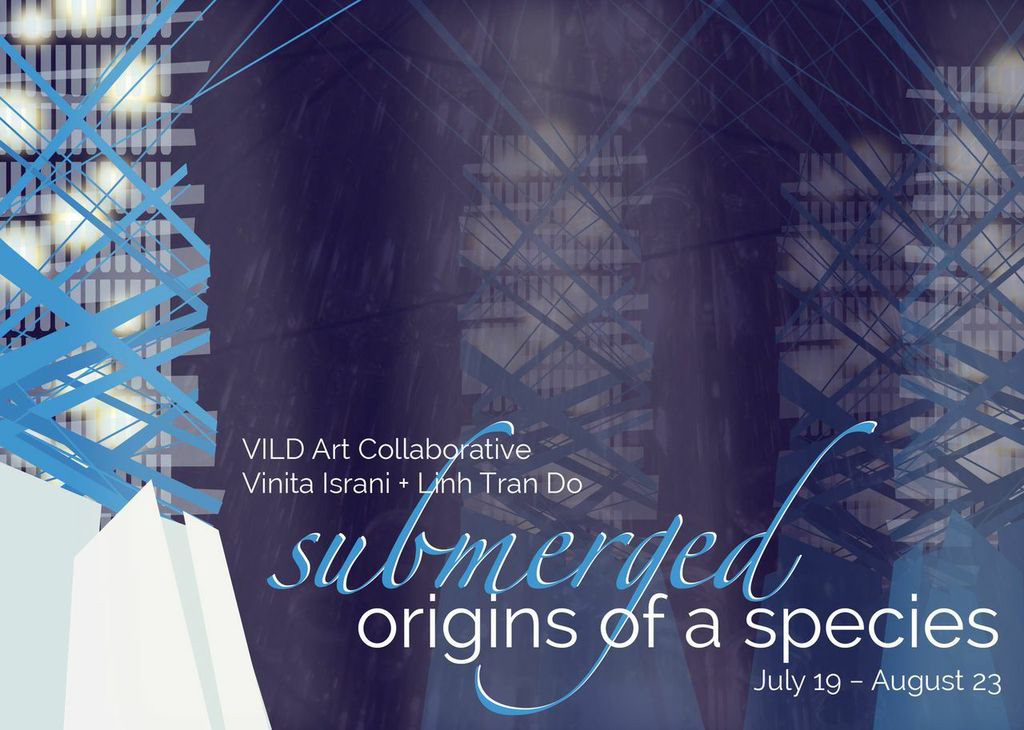
Postcard for Submerged: Origins of a Species
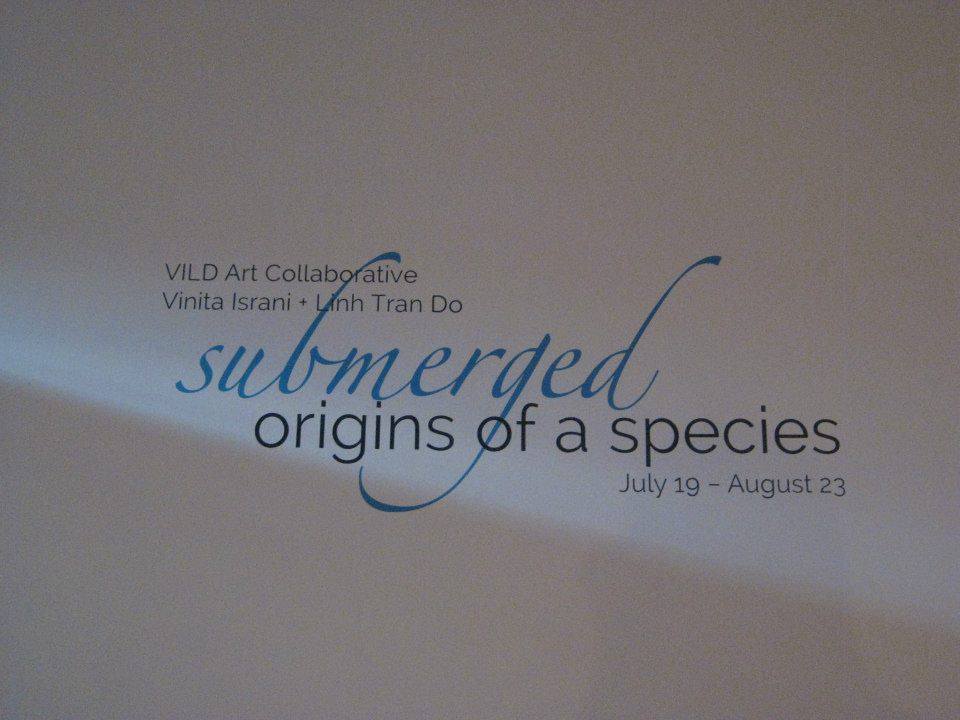
Wall vinyl at Fresh Arts
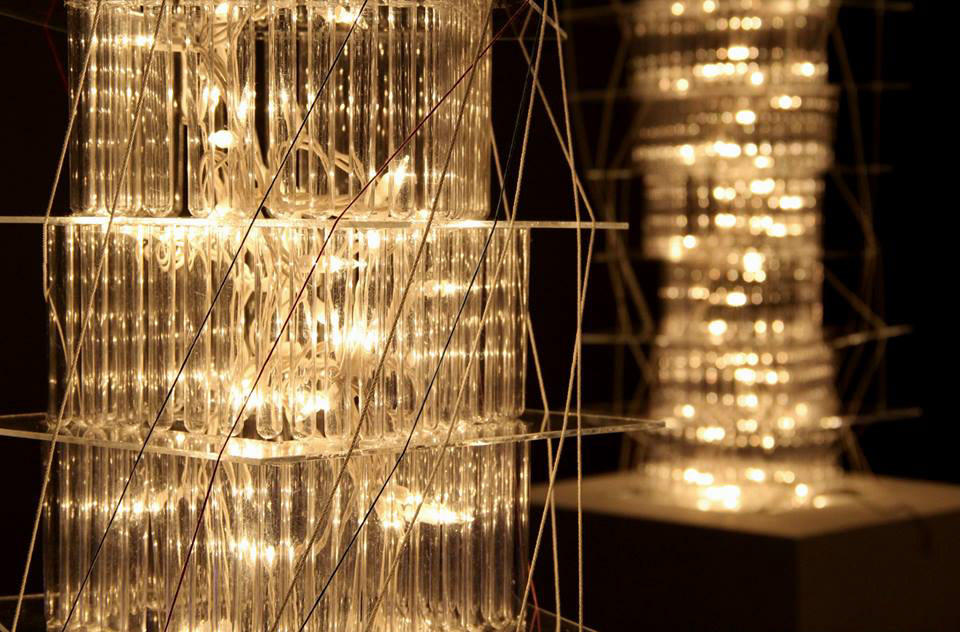
Submerged: Origins of a Species
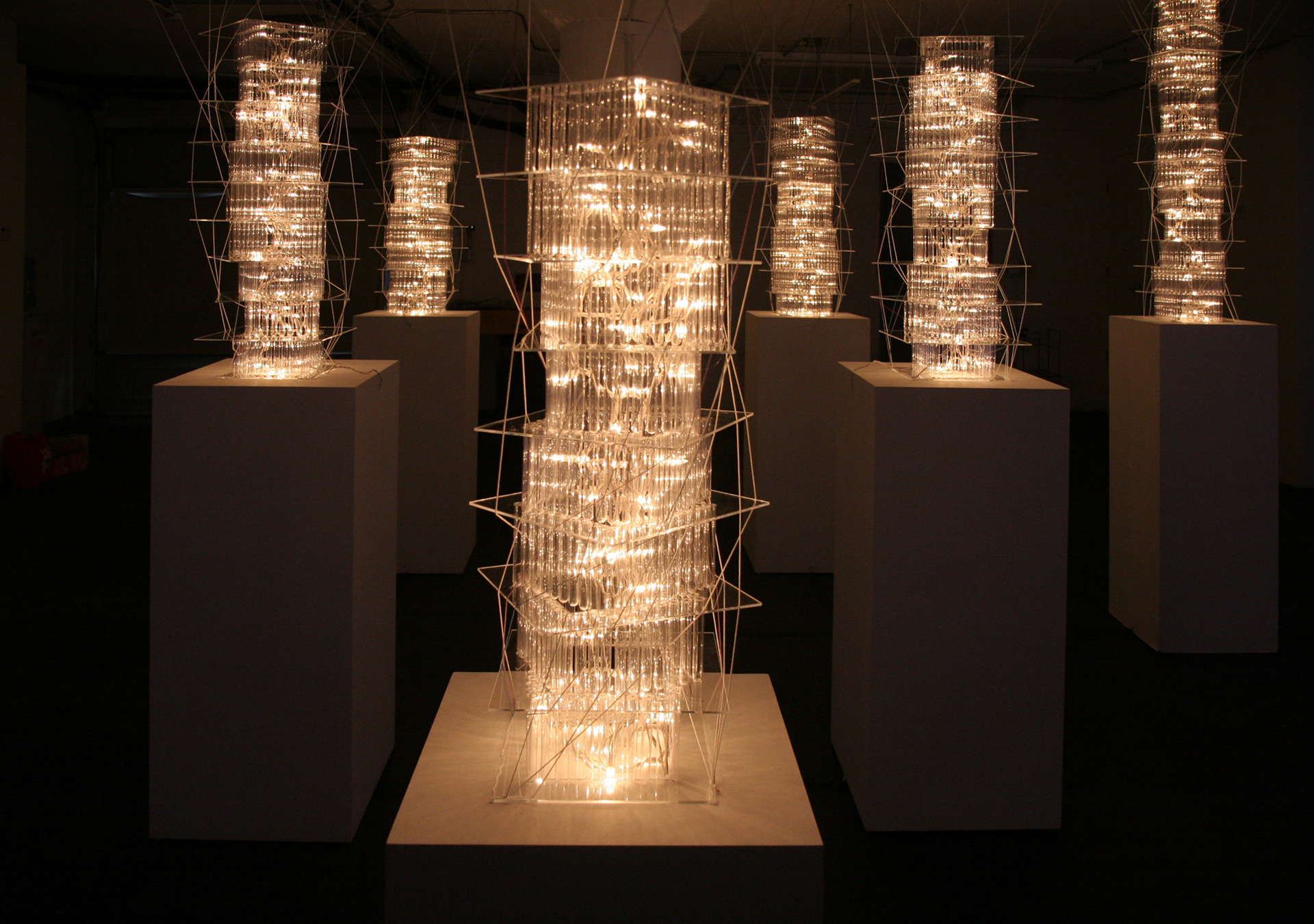
Submerged: Origins of a Species

Submerged: Origins of a Species
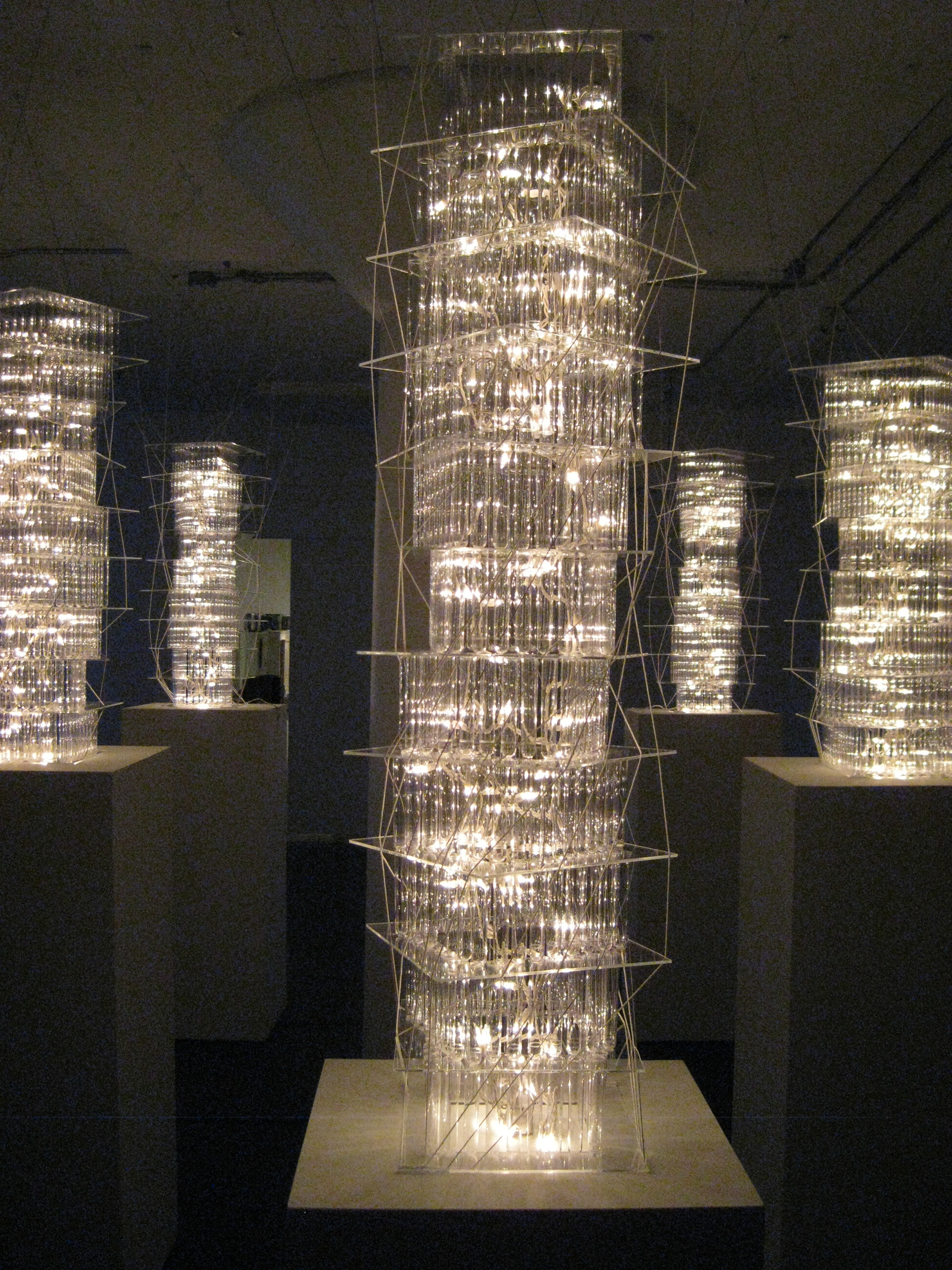
Submerged: Origins of a Species
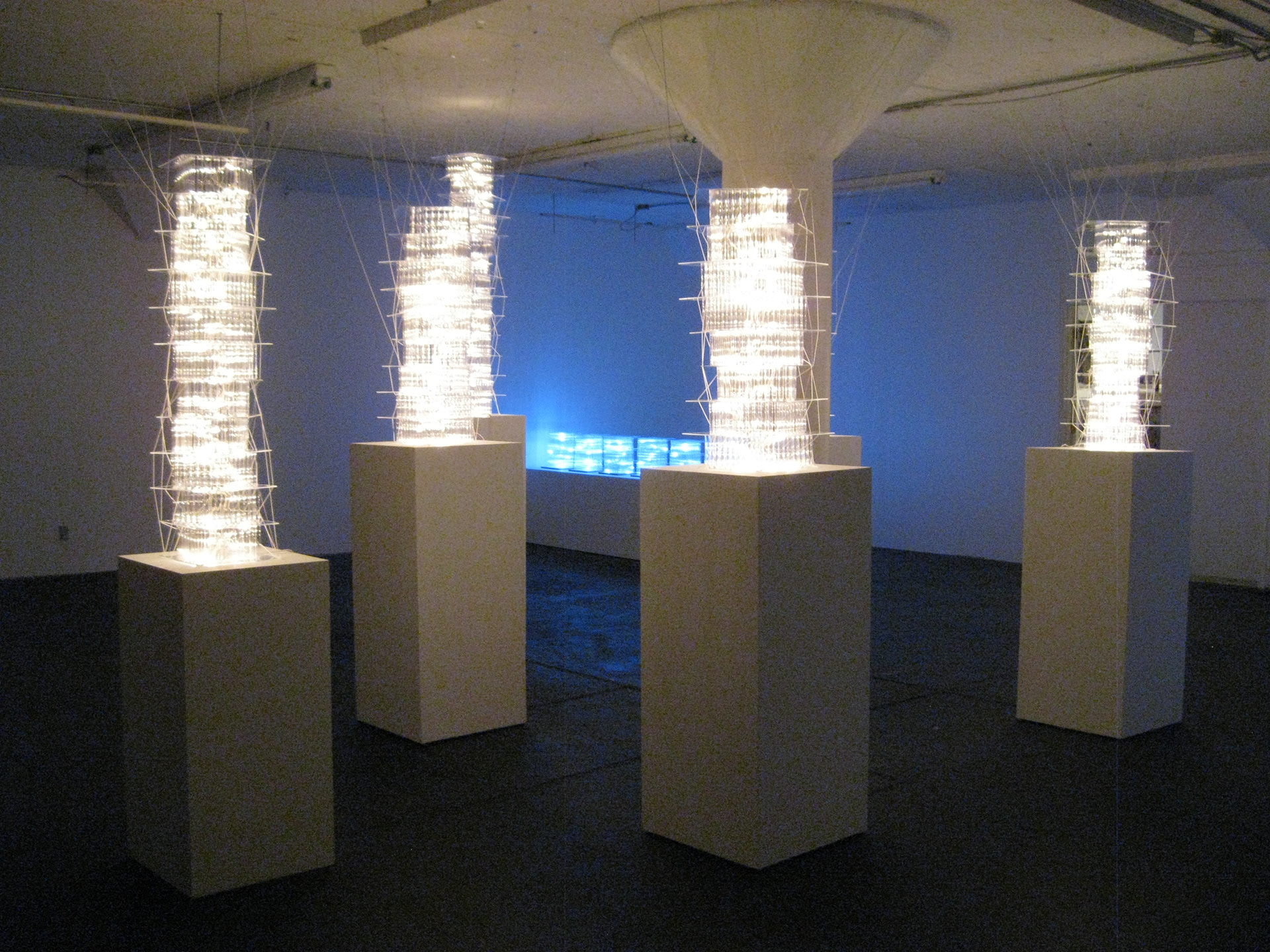
Submerged: Origins of a Species
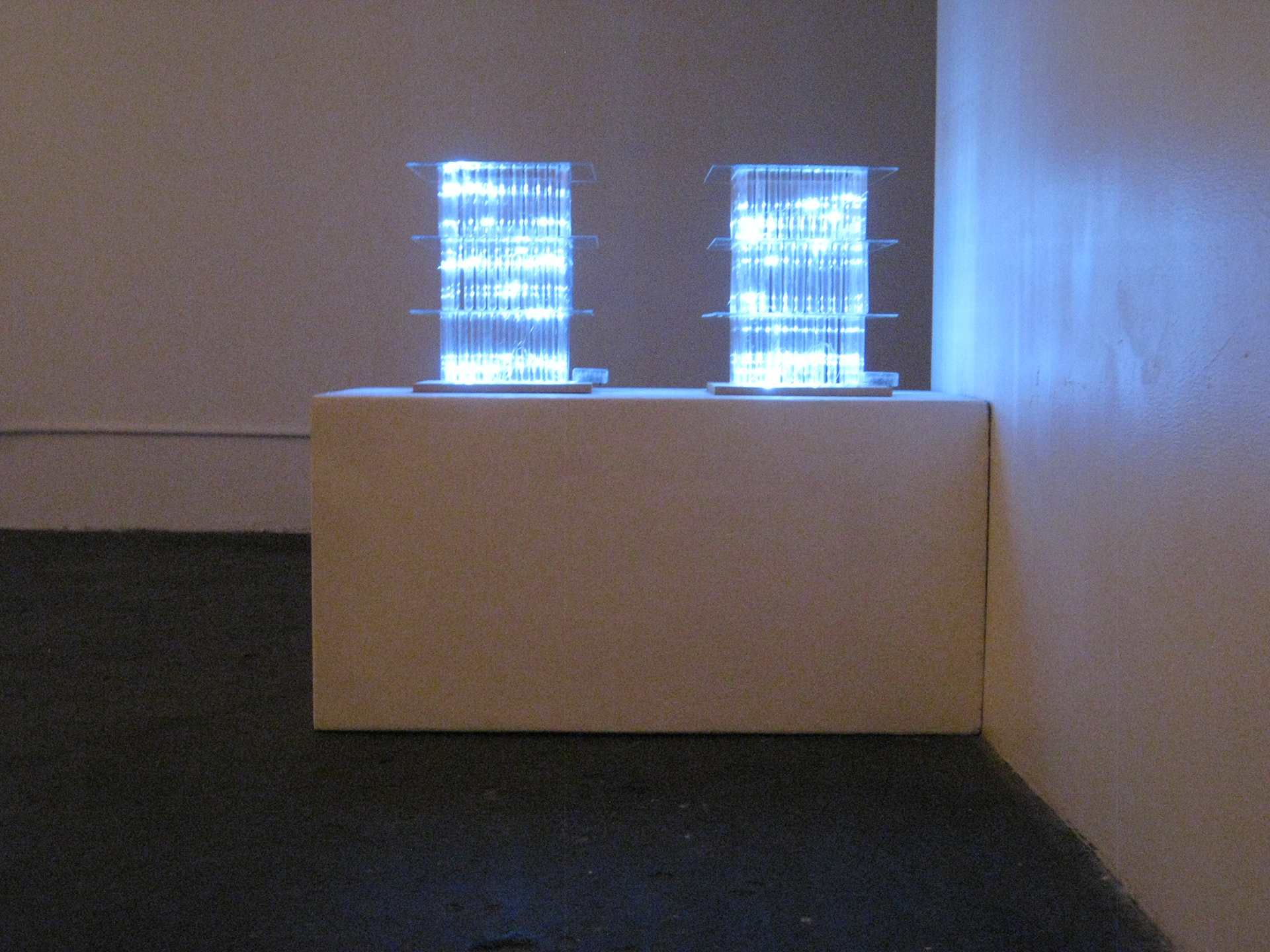
Submerged: Origins of a Species
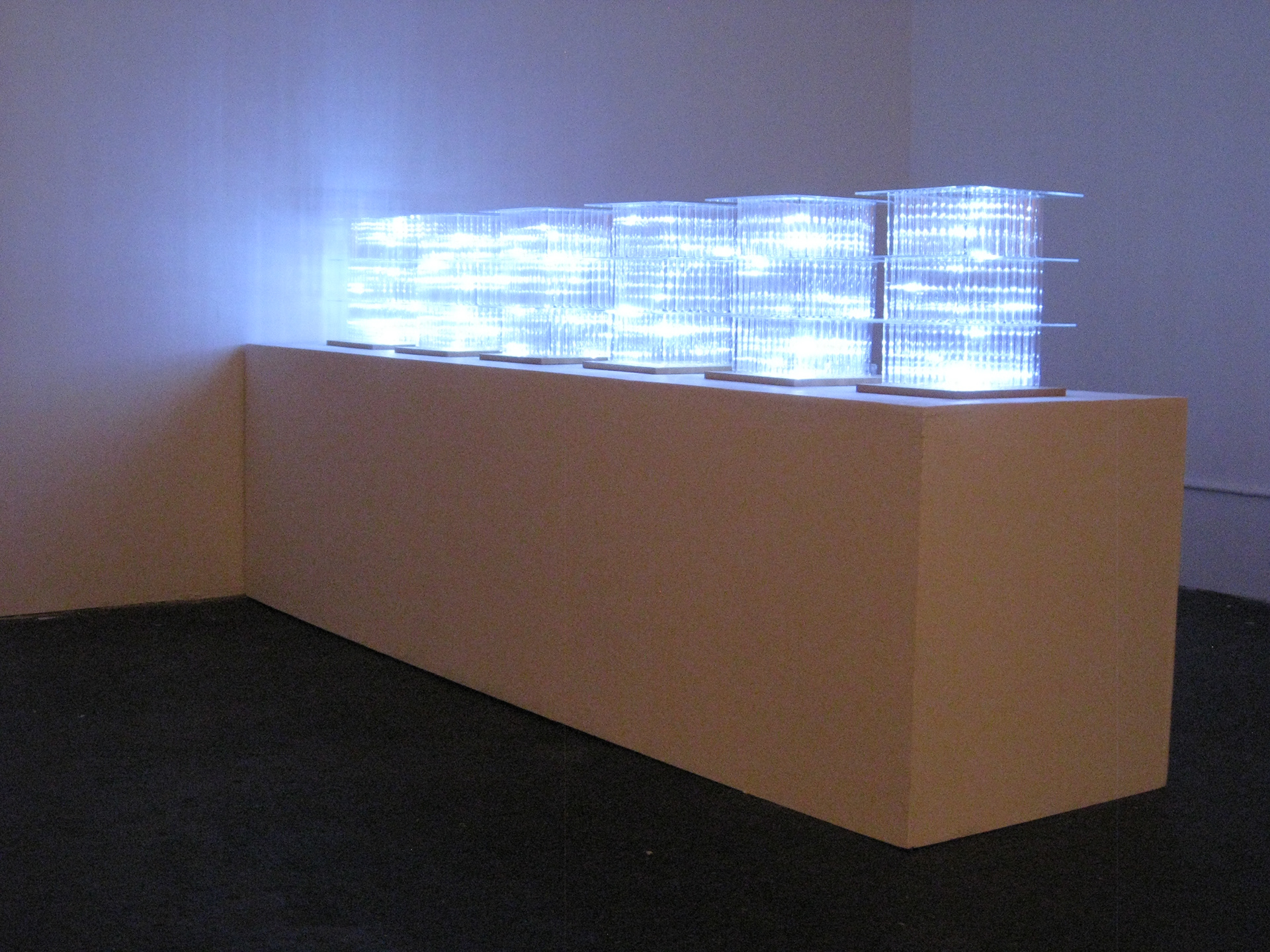
Submerged: Origins of a Species
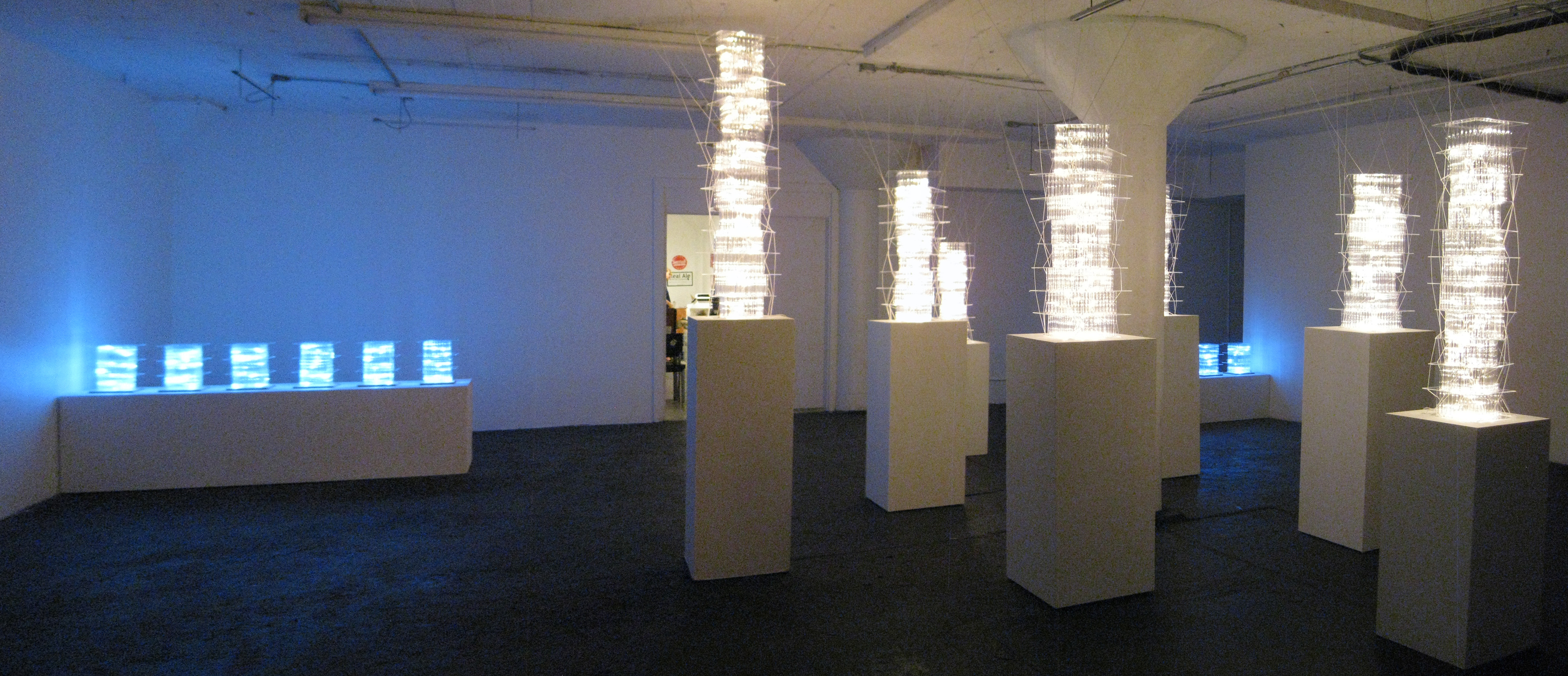
Submerged: Origins of a Species
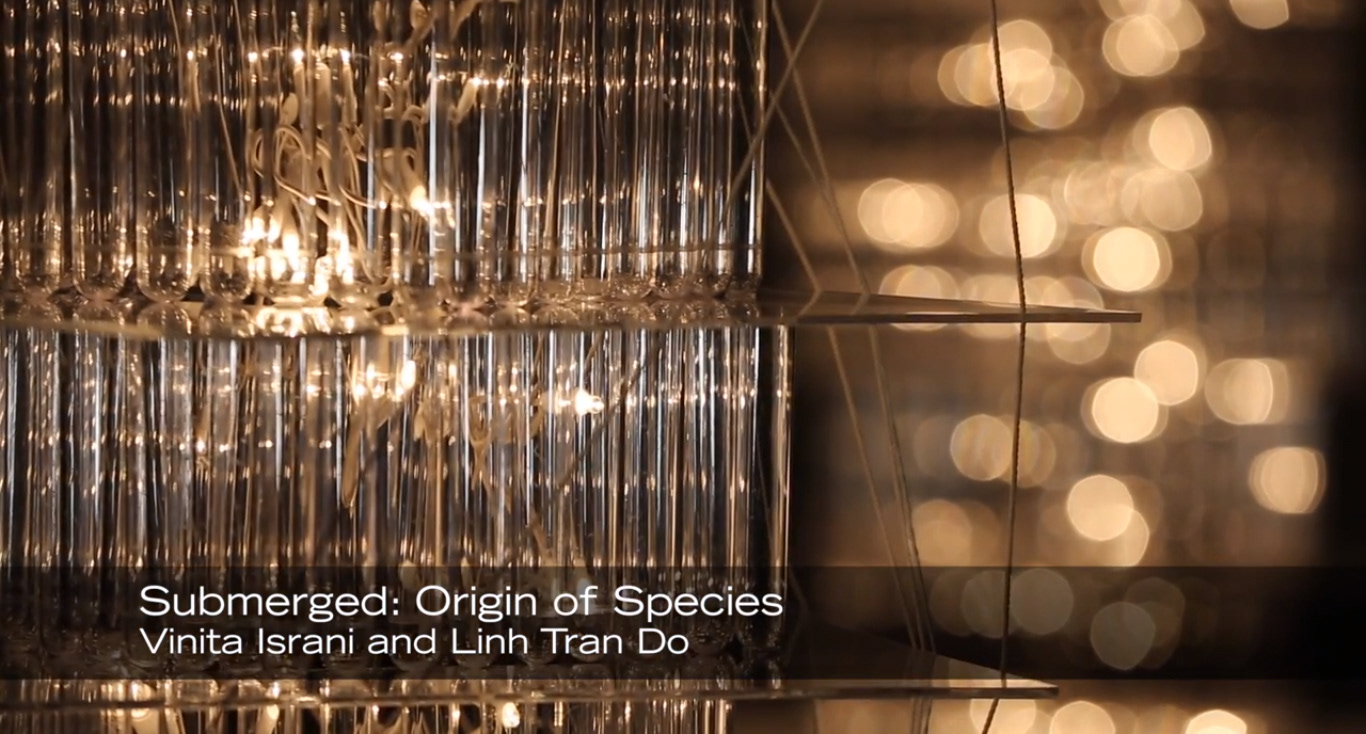
Press for Submerged: Origins of a Species
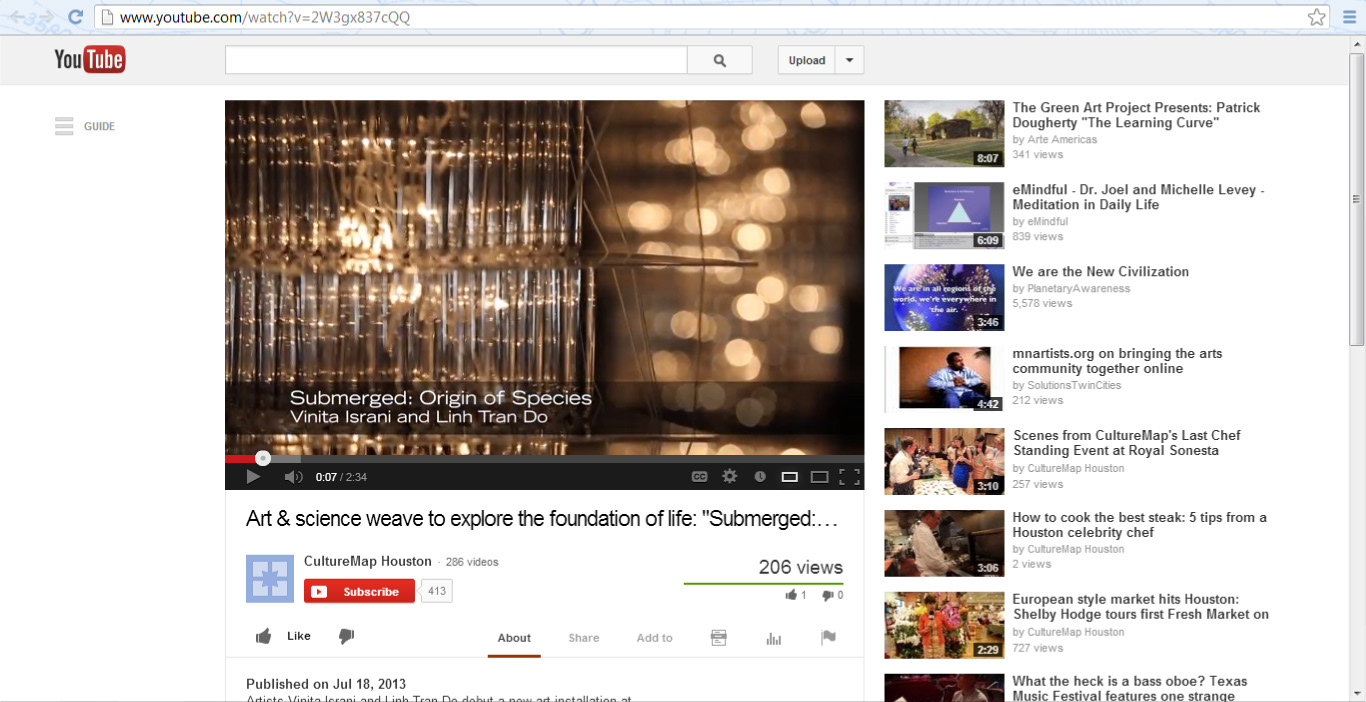
Press for Submerged: Origins of a Species
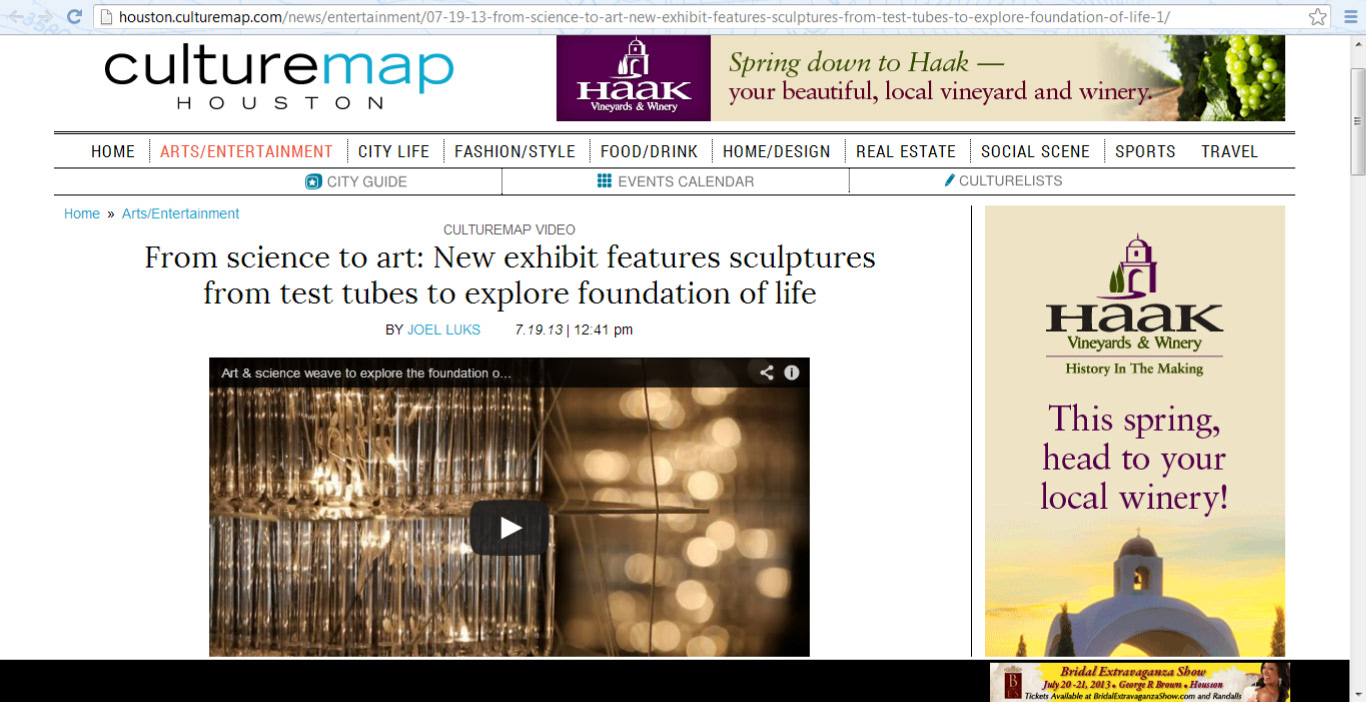
Press for Submerged: Origins of a Species
Press
Artist Statement
While the common perception of art is one of expression and freedom, our installation at Fresh Arts aims to show viewers that art can be systematic. We believe that art is a science, and science is an art. In art, we learn about color theory, we study anatomy, we follow--and break--rules of good design. In science, we learn to appreciate the beauty of the world, and we can't account for every variable in the laboratory. As art majors at Rice University, we want to blur the lines between two disciplines often deemed as polar opposites in our installation art piece.
Our installation is a study of light and transparency and how these two concepts interact together. The art installation will prominently feature test tubes, icons of scientific research, on a pedestal of artistic honor. In simple terms, we plan to arrange columns of test tubes throughout the space. Each column consists of a vertical pedestal for the base, on top of which will be layers of test tubes, separated sheets of plexiglass. Through these layers of test tubes and plexiglass, we hope to illuminate the beauty of organization and redefined function. While manufacturers produce test tubes as sterilized, airtight equipment for scientists to fill with liquids of every nature, we have layers of test tubes, full of Houston air, sealed with glue and capped with plexiglass.
For this installation, we will stack several layers of test tubes and slightly rotate each layer approximately ten degrees from the one below it. These rotating columns will visually reference the twisting of DNA strands and their double helix structure. Each sheet of plexiglass will have a hole cut out so that a light source can be placed in the center of each column, allowing light to shine outward through the test tubes and creating complex effects when the light interacts with the curved transparent plastic of the test tubes.
Around each of these columns, we plan to twist embroidery threads starting from the base and working our way to the top, where the threads will branch outward until they meet the ceiling. The threads provide visual support for the columns, but more importantly, the threads illustrate the process of DNA zipping or unzipping. The thread, closely wound towards the pedestal, symbolizes the zipped portion, and the thread, freely reaching upward and outward to the ceiling, symbolizes the unzipped portion.
As artists in the Rice and Houston communities, we want to share our artistic vision at Fresh Arts. Titled “Submerged: Origins of a Species,” our installation intends to immerse the viewer in art that incorporates science, literally, through the use of test tubes as well as figuratively, through the visual metaphors of DNA strands. This is our homage to all of those who have blurred the lines between “science” and “art.”
Our installation is a study of light and transparency and how these two concepts interact together. The art installation will prominently feature test tubes, icons of scientific research, on a pedestal of artistic honor. In simple terms, we plan to arrange columns of test tubes throughout the space. Each column consists of a vertical pedestal for the base, on top of which will be layers of test tubes, separated sheets of plexiglass. Through these layers of test tubes and plexiglass, we hope to illuminate the beauty of organization and redefined function. While manufacturers produce test tubes as sterilized, airtight equipment for scientists to fill with liquids of every nature, we have layers of test tubes, full of Houston air, sealed with glue and capped with plexiglass.
For this installation, we will stack several layers of test tubes and slightly rotate each layer approximately ten degrees from the one below it. These rotating columns will visually reference the twisting of DNA strands and their double helix structure. Each sheet of plexiglass will have a hole cut out so that a light source can be placed in the center of each column, allowing light to shine outward through the test tubes and creating complex effects when the light interacts with the curved transparent plastic of the test tubes.
Around each of these columns, we plan to twist embroidery threads starting from the base and working our way to the top, where the threads will branch outward until they meet the ceiling. The threads provide visual support for the columns, but more importantly, the threads illustrate the process of DNA zipping or unzipping. The thread, closely wound towards the pedestal, symbolizes the zipped portion, and the thread, freely reaching upward and outward to the ceiling, symbolizes the unzipped portion.
As artists in the Rice and Houston communities, we want to share our artistic vision at Fresh Arts. Titled “Submerged: Origins of a Species,” our installation intends to immerse the viewer in art that incorporates science, literally, through the use of test tubes as well as figuratively, through the visual metaphors of DNA strands. This is our homage to all of those who have blurred the lines between “science” and “art.”